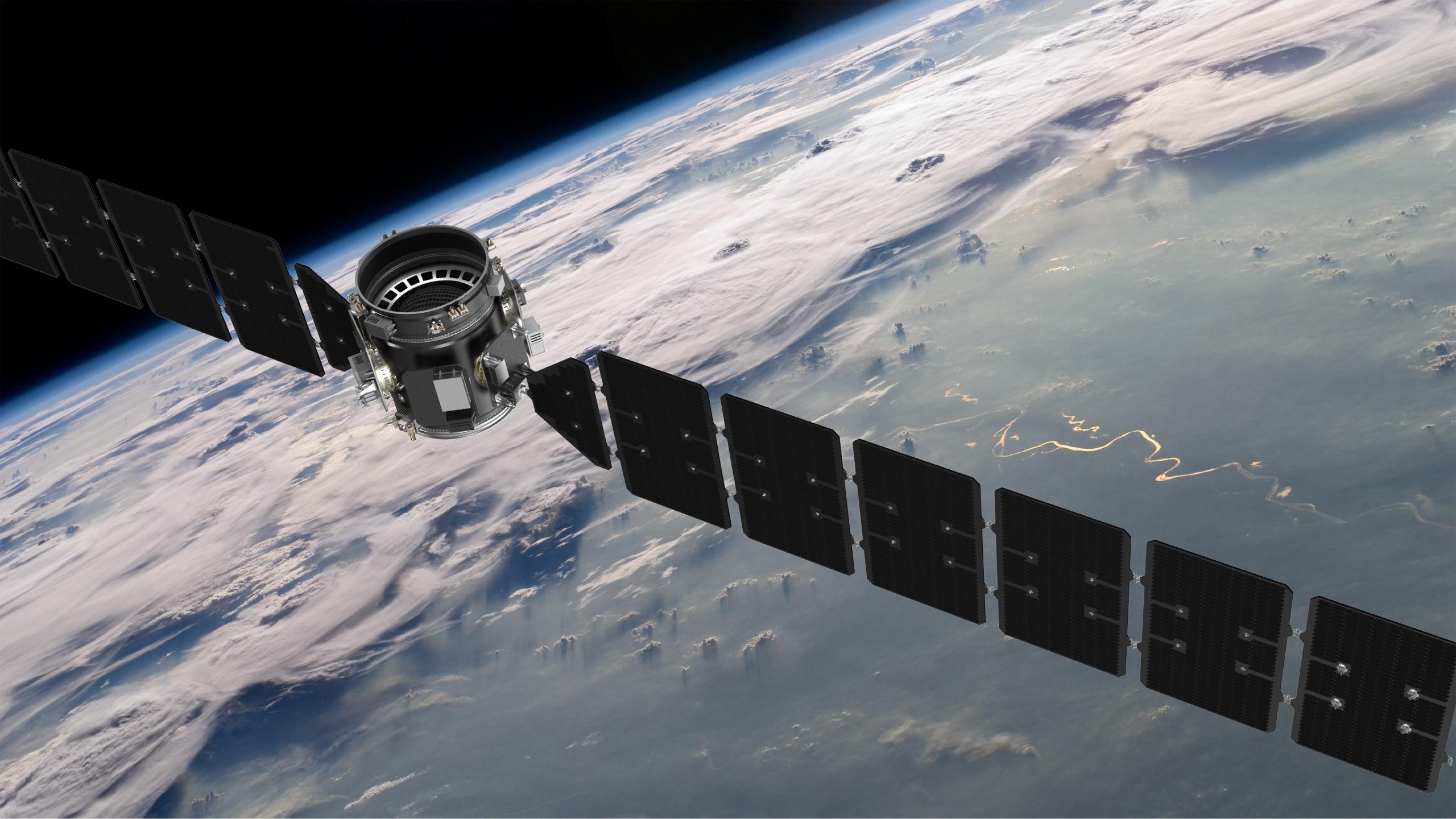
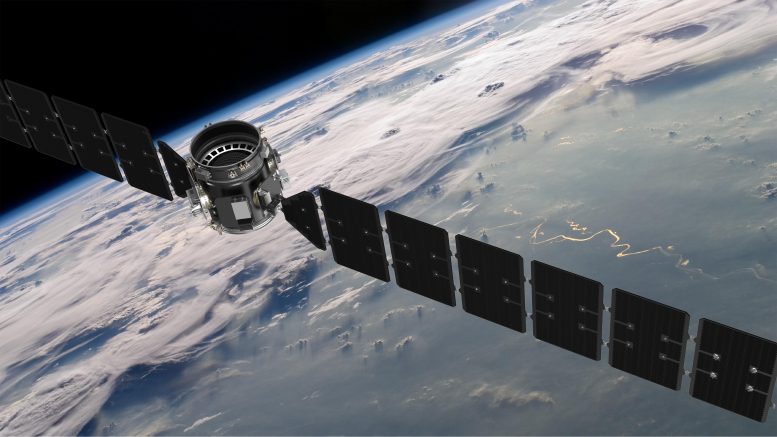
ESA’s groundbreaking RISE mission aims to pioneer in-orbit servicing for geostationary satellites, extending their operational lives while also demonstrating sustainable space practices such as refueling and refurbishing.
By preventing the creation of new space debris and demonstrating the feasibility of circular economies in orbit, RISE seeks to transform the current wasteful practices of abandoning spent satellites.
ESA has made significant progress in promoting sustainability in space with its first in-orbit servicing mission, RISE. The agency signed a €119 million (~$129 million) contract with D-Orbit as the co-funding prime contractor.
RISE is a commercial mission designed to demonstrate the ability to safely rendezvous with and dock to a geostationary satellite. Once the mission’s performance standards are verified, D-Orbit will begin offering commercial life extension services for these satellites.
This mission represents a major advancement in in-orbit services, including refueling, refurbishment, and assembly—crucial steps toward developing a circular economy in space.
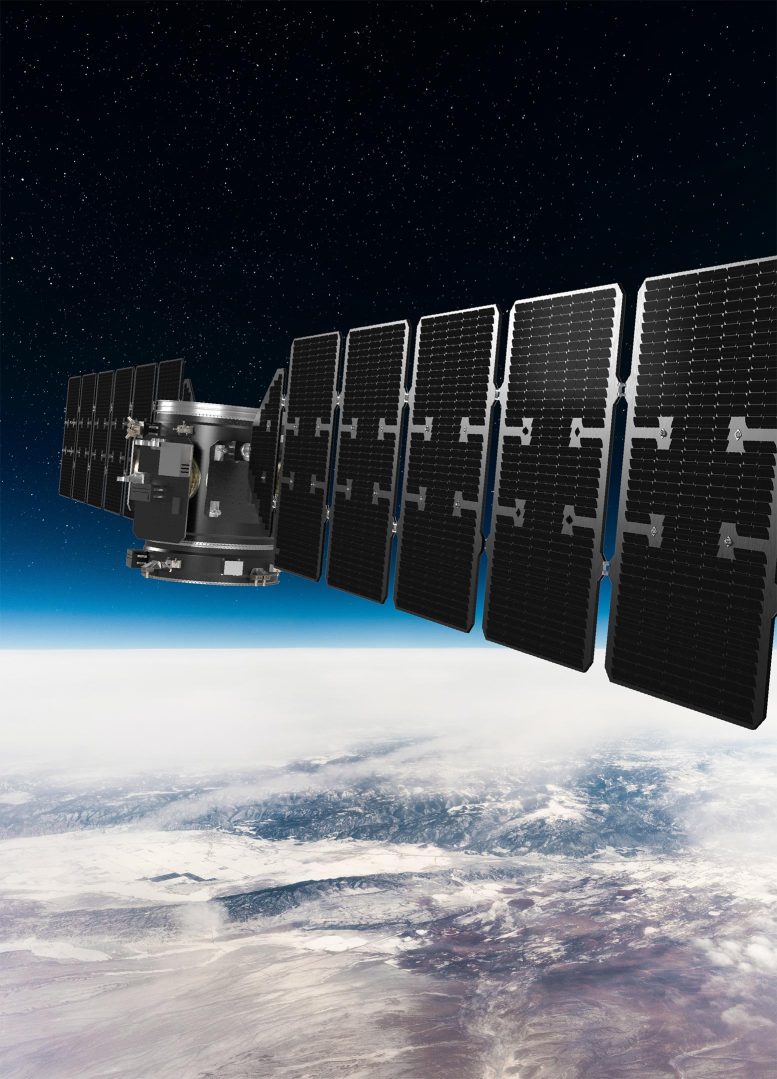
Extending Life in Orbit
An essential part of ESA’s Space Safety program is dedicated to getting and keeping Earth’s orbits clean from space debris. In the long run, the Agency aspires to stimulate a true circular economy in space, minimizing the impact of spaceflight on Earth and its resources where possible. As part of ESA’s Zero Debris approach, new ESA missions will be designed for safe operations and disposal to stop the creation of new debris by 2030. But why stop there?
“In-orbit servicing is the logical continuation of ESA’s sustainable approach to space. Extending the lifetime of satellites lets space operators generate more data and revenue from existing space assets, greatly improving both the sustainability and our competitiveness in space,” says Josef Aschbacher, ESA Director General.
The contract signing with D-Orbit reflects ESA’s commitment to cement Europe’s role as a responsible leader in space sustainability by investing in key in-orbit servicing capabilities.
ESA’s RISE mission will be built, operated and co-funded by D-Orbit on top of the €119 million, and will demonstrate the ability to dock to a geostationary satellite, to maneuver it and then release it. After verifying that the process has been successful, ESA’s involvement ends as the satellite remains in orbit for an expected total of eight years, commercially servicing active geostationary satellites.
“During the development phase, we’re collaborating closely, leveraging our experience with pioneering new technologies and innovative approaches in space. Once the demonstration is complete, D-Orbit will continue to operate the spacecraft for its own commercial endeavors,” says Holger Krag, Head of Space Safety at ESA.
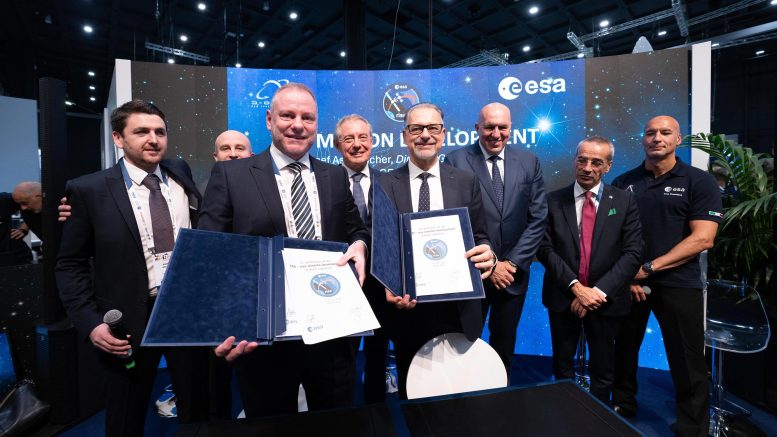
Expanding European Space Capabilities
“ESA is supporting the establishment of in-orbit servicing provided from Europe, ensuring that the European space industry will be at the forefront of this exciting new market.”
“It’s something we’d never do on Earth: to fuel our car, drive it until it runs empty, and then abandon it wherever it happens to be. And yet, that’s how much of spaceflight has worked so far. This is expensive as well as one of the root causes of space debris – which in turn also has a negative impact on the cost of future space exploration,” says Andrew Wolahan, RISE Project Manager at ESA.
“Now that we are able to, we want to move away from single-use, disposable satellites and instead, as the technologies continue to develop, start extending satellites’ lifetime and service them right where they are, in orbit around Earth.”
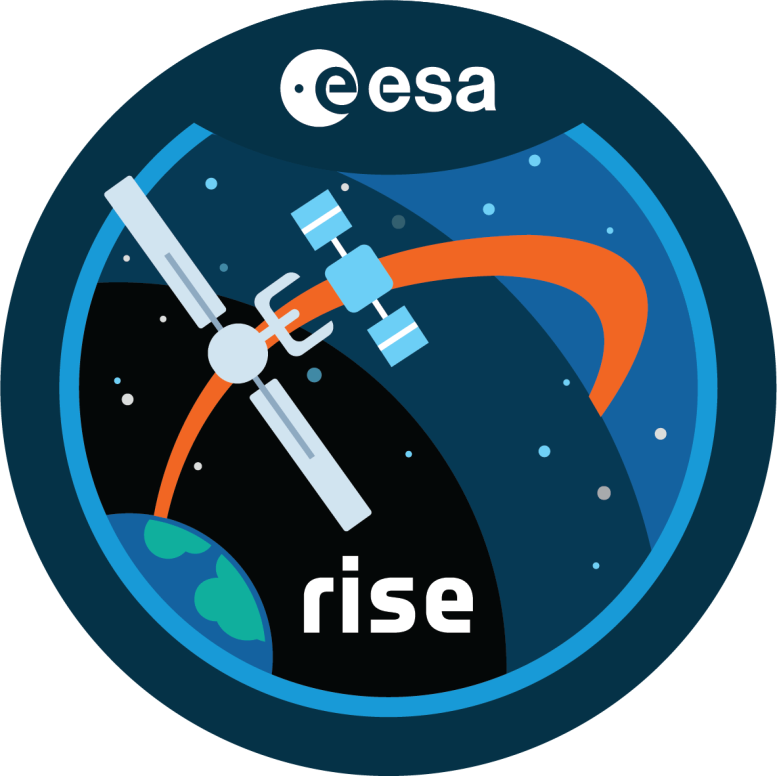
The Future of Space Services
While RISE docks and takes over attitude and orbit control of its target, the client spacecraft will keep its own power, communications with Earth, and payload fully functional.
This opens the door to extending the lifetime of operational geostationary satellites that for some reason, such as running low on propellant or a partial failure, can’t control their position in orbit, but are otherwise capable of continuing their mission.
In the future, not only life extension but refueling, assembling, refurbishing and recycling will all be regular activities in space. The required technologies are being developed across the world and many are quickly maturing.
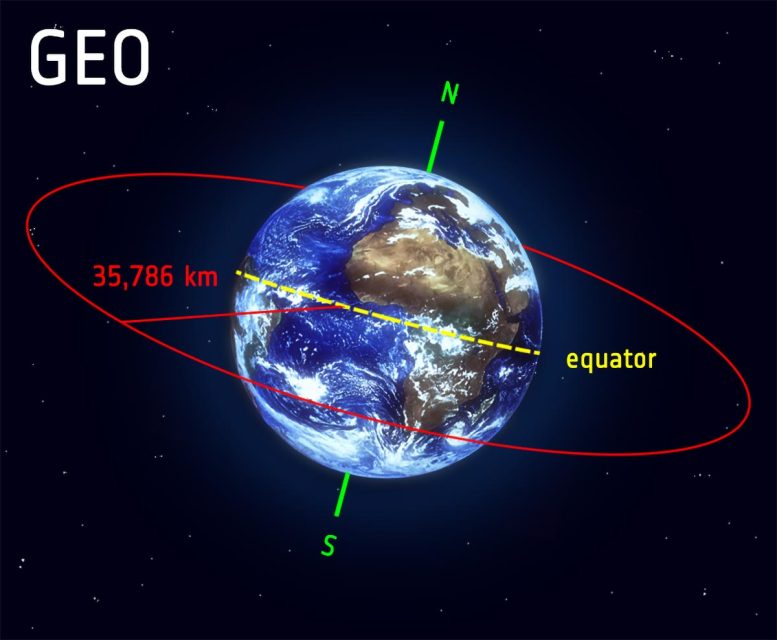
Mission Lifecycle and Objectives
RISE is expected to launch in 2028, kicking off an eventful 8-year mission in geostationary orbit. To start with, the satellite will transfer to a staging orbit just above regular geostationary orbit at an altitude of almost 36,000 km.
After rigorous testing of its systems and in-orbit rehearsals, it will be time to start the demonstration phase of the mission, proving the satellite is up to the task.
RISE will rise up to the so-called geostationary graveyard, about 100 km higher, where satellites are ‘parked’ after they have reached the end of their mission. It would take many thousands of years for their orbits to naturally degrade and come low enough to interfere with the active satellites, keeping them safely disposed of and out of the way.
RISE will rendezvous with the active client satellite, matching its speed and trajectory in the graveyard orbit. Even though the operators of the client satellite will be expecting RISE, their satellite is ‘unprepared’ as it wasn’t originally designed to be docked to another one. RISE will dock to the geostationary satellite by latching on to the ring that originally attached the satellite to its launcher. Once firmly in its grasp, RISE will change its attitude and orbit, showing it has the ability to precisely maneuver the client spacecraft.
Then, RISE will let go of the satellite again – an equally dangerous part of the process – and place itself in a parking orbit between the graveyard and geostationary orbit to wait, ready for its first commercial adventure once the evaluation is complete.
Its first client might perhaps be a telecommunications satellite that’s running low on fuel but has the capacity to keep connecting people worldwide with a little help from RISE.
The Challenges of In-Orbit Servicing
It takes a special kind of satellite to be able to take control of another. Geostationary satellites can be as big as a school bus and weigh more than 6000 kilograms. They often need to support heavy communications payloads that require large solar panels to power them. Geostationary satellites are also built extra sturdy to withstand the harsh radiation environment of geostationary orbit. While RISE is not as large as the satellites it will service, it still has the size of a minivan when tucked inside its launcher, weighing about 3000 kg at launch, of which about 800 kg will be propellant.
The amount of cutting-edge technology aboard RISE is as big as the challenge of docking to a satellite in orbit and operations in close proximity to another spacecraft. The RISE spacecraft will be packed with specialized state-of-the-art equipment to dock to a satellite, such as complex robotics systems, sensors to measure the distance to its target, and computers capable of autonomously controlling the satellite during docking.